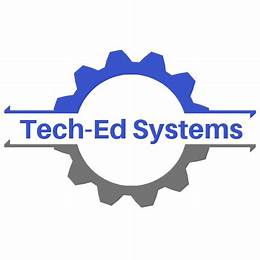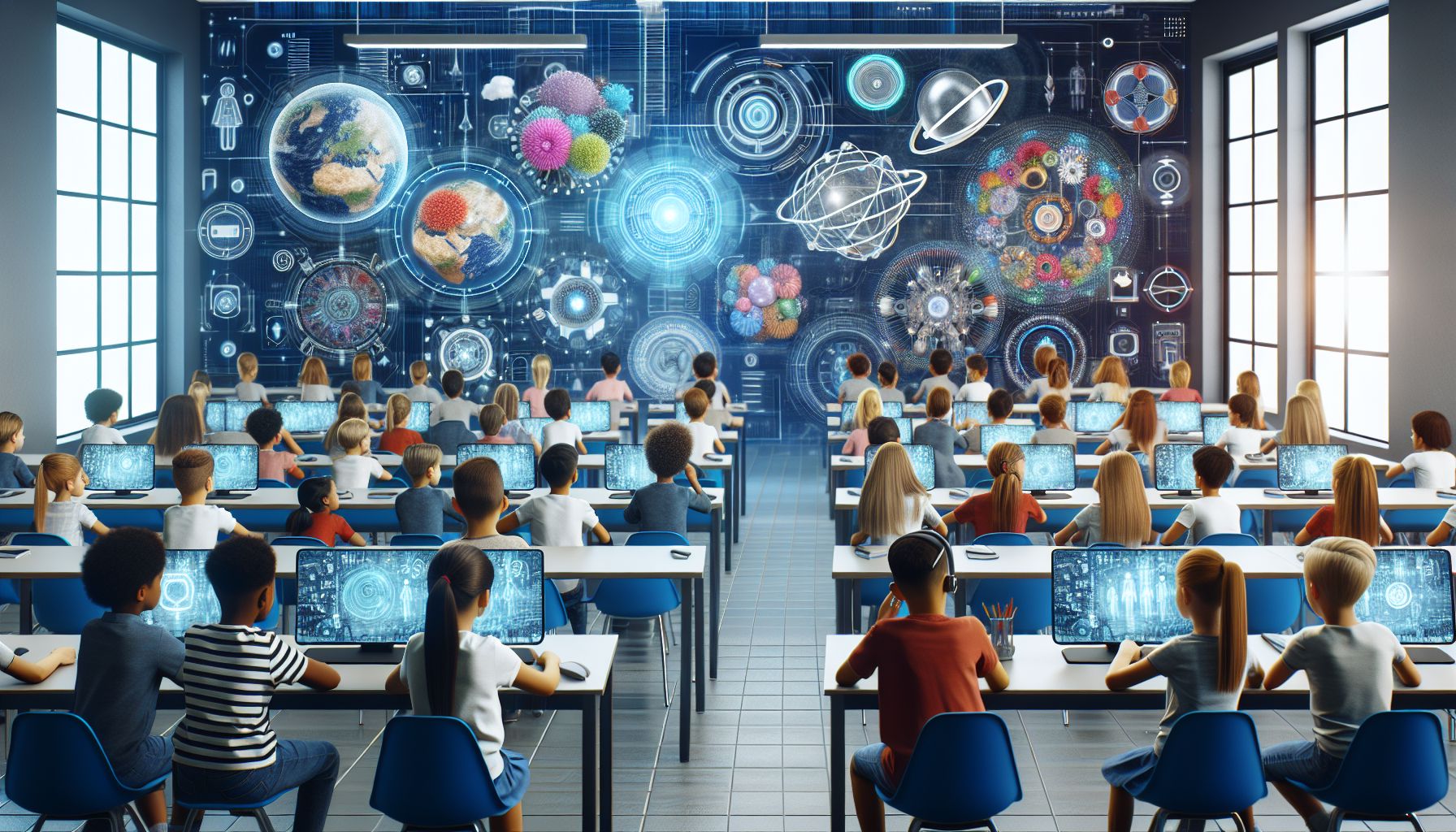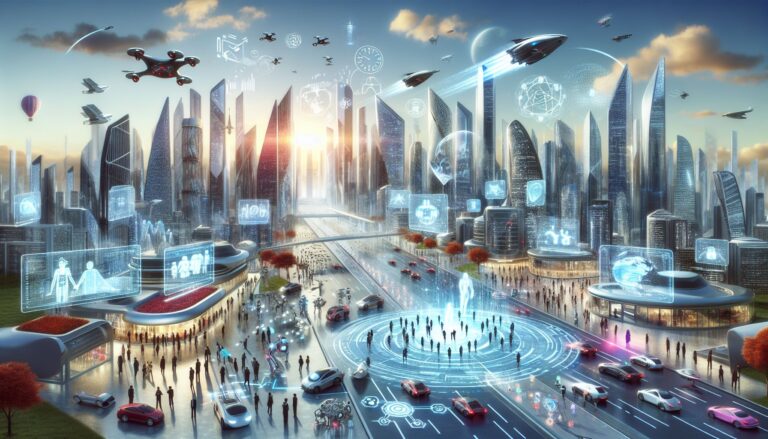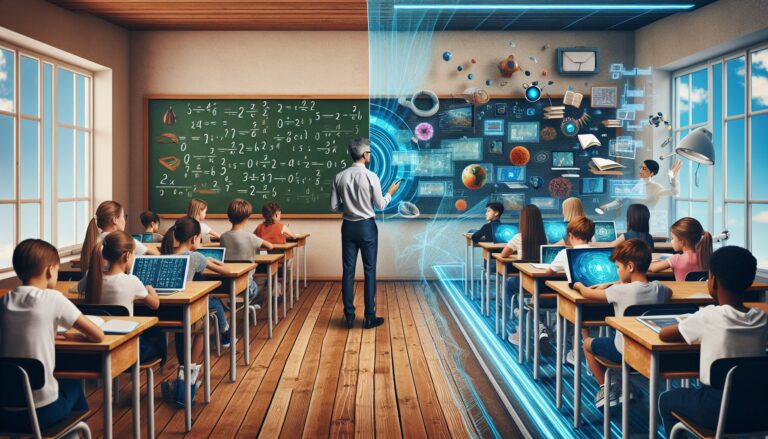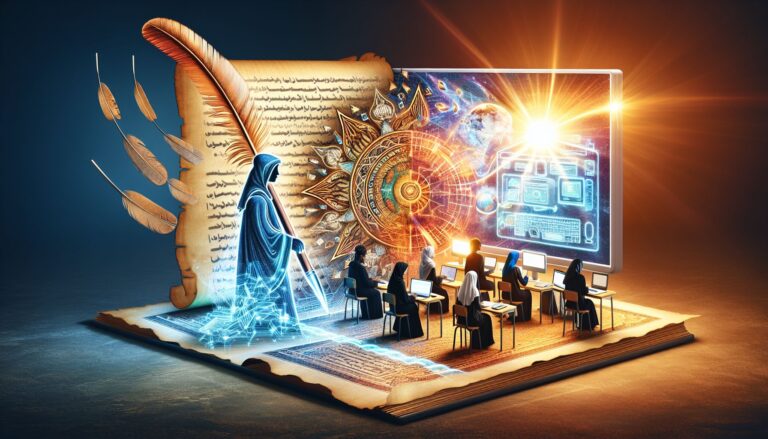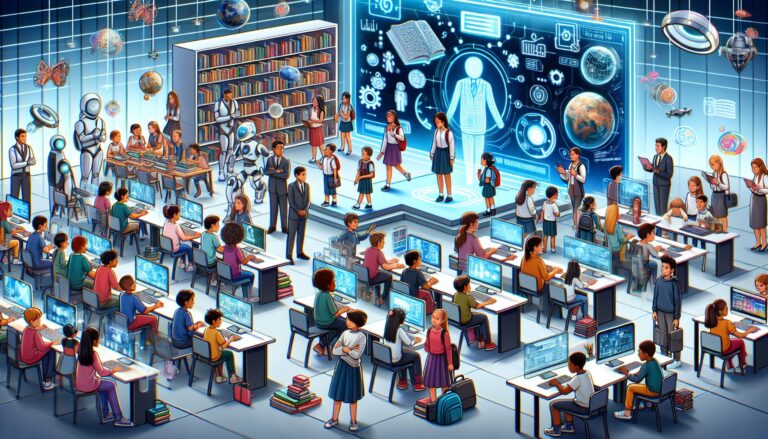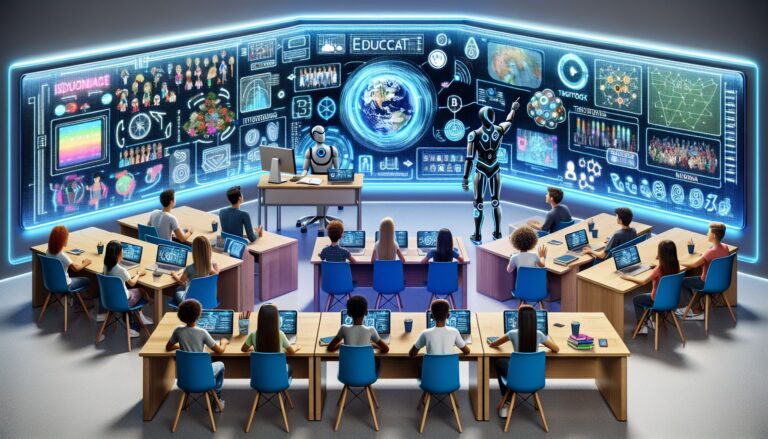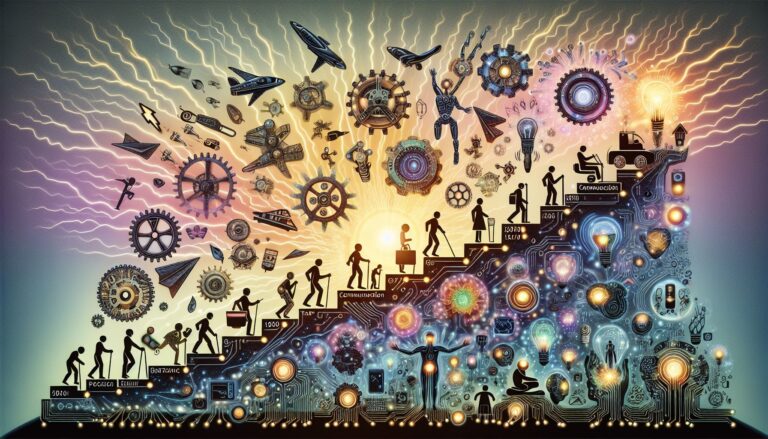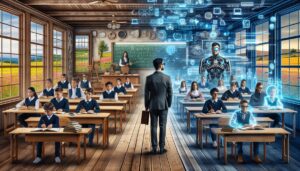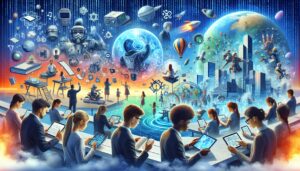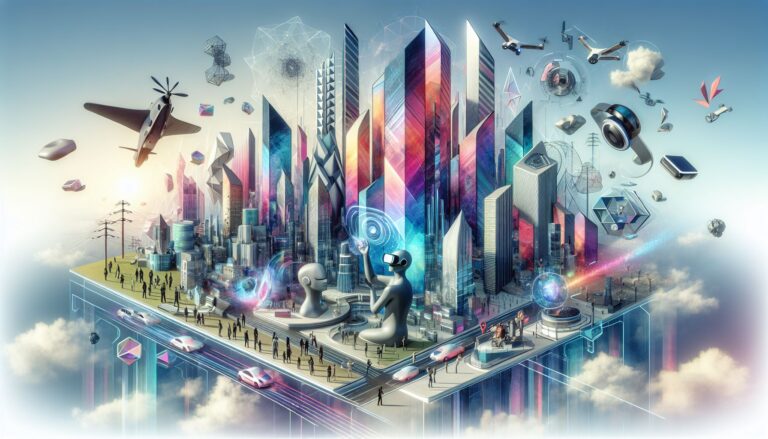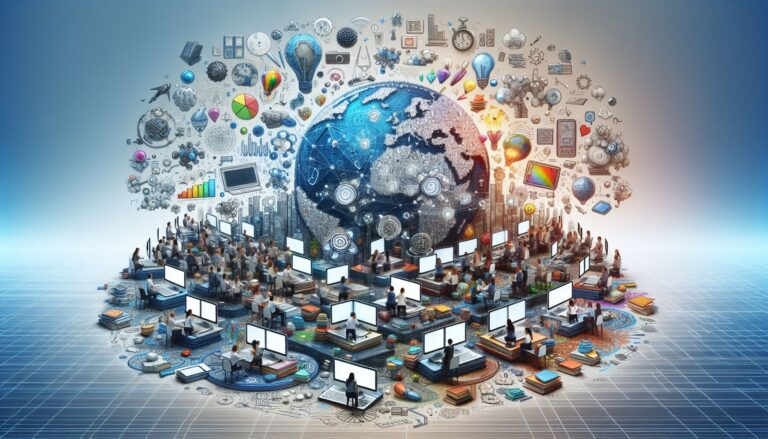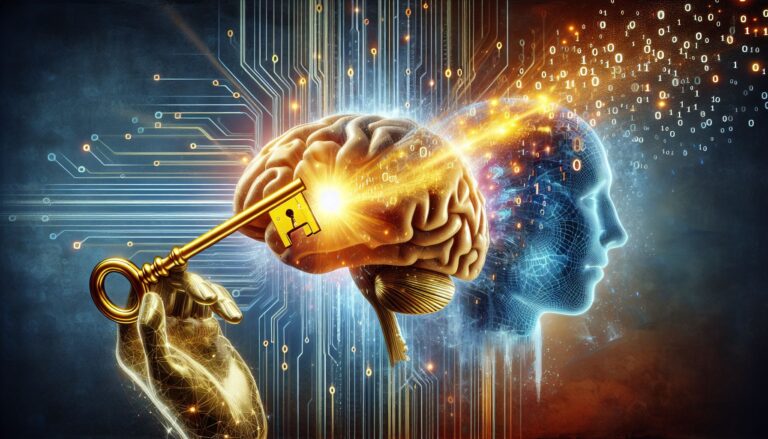The dawn of digitalization has transformed almost every aspect of our lives, and education stands at the forefront of this revolution. Gone are the days when learning was confined to the chalky air of traditional classrooms and the monotonous tone of long lectures. Today’s educational landscape is a mélange of traditional teaching methods and cutting-edge technologies, each reinforcing the other to create a robust learning environment that prepares students not just for exams, but for life.
The Emergence of New Teaching Methodologies and The Digital Chalkboard
Traditional education systems, with their one-size-fits-all approach, are giving way to more nuanced and personalized teaching methodologies. Educators are becoming facilitators, guiding students through a plethora of information available at their fingertips, thanks to the internet. Moreover, the walls of schools and colleges are being extended virtually, incorporating digital tools that make education accessible, interactive, and engaging.
At the heart of this transformative era is technology. Interactive whiteboards have replaced chalkboards, enabling teachers to bring lessons to life through multimedia content. Students are no longer passive recipients of knowledge; they’re active participants in a digitally-enhanced learning experience. Tablets and laptops are common in classrooms, and online platforms facilitate homework and feedback, creating a continuous loop of communication between students and educators.
A New Dawn: The Societal and Ethical Interplay of Technological Integration
The infusion of technology into education isn’t merely a change in tools; it’s an evolution in the very way society perceives learning. Online courses and digital certifications break the barriers of geography, financial constraints, and even age. Learning has become a lifelong pursuit, accessible to all who seek it.
However, with great power comes great responsibility. The ethical implications of technology in education cannot be sidestepped. Cybersecurity, data privacy, and digital equity demand our attention. The digital divide still presents a stark inequity, as not every student has equal access to these technological advancements. Thus, the mission remains to democratize education further, ensuring that every learner can benefit from these innovations, regardless of their background.
The Digital Age Classroom: Teacher-Student Dynamics and Online Learning Challenges
Teachers today are more than knowledge transmitters; they’re mentors, tech-gurus, and the human interface that makes sense of the digital world for their students. However, the road to integrating digital tools in education is not without its potholes. Online learning, while flexible, often lacks the emotional connect and immediate feedback that a physical classroom offers. Moreover, educators must continually update their skills to navigate new platforms and digital trends.
The pivot to online learning, hastened by the COVID-19 pandemic, has highlighted the importance of human interaction in education. As valuable as they are, video calls and digital assignments cannot entirely replace the warmth and immediacy of in-person teaching. Finding the ideal balance between technology and personal touch is the next challenge for educators worldwide.
Envisioning the Future: The Evolution of Learning Spaces
In summary, education is undeniably at a crossroads, with conventional teaching methods blending with modern technology to form a hybrid model that promises both reach and depth. As we look towards the future, we imagine learning spaces that are richly human yet profoundly augmented by technology, where artificial intelligence tailors curricula to individual learning styles and virtual reality allows students to explore ancient Rome or the depths of the ocean without leaving their desks.
The children of tomorrow will navigate a world vastly different from ours, and their education must evolve to prepare them for challenges and opportunities we cannot yet even conceive. The classroom of tomorrow is a brave new world of boundless potential — a world we are only just beginning to unveil.
Learners and educators must walk hand-in-hand, mindfully, into this new era. The balance between technology and humanity will define the educational success stories of the future. Together, we stand on the brink of an educational renaissance that will redefine what it means to teach and learn. Let’s embrace this challenge, mindful of its complexities but excited for the unprecedented possibilities that await.
